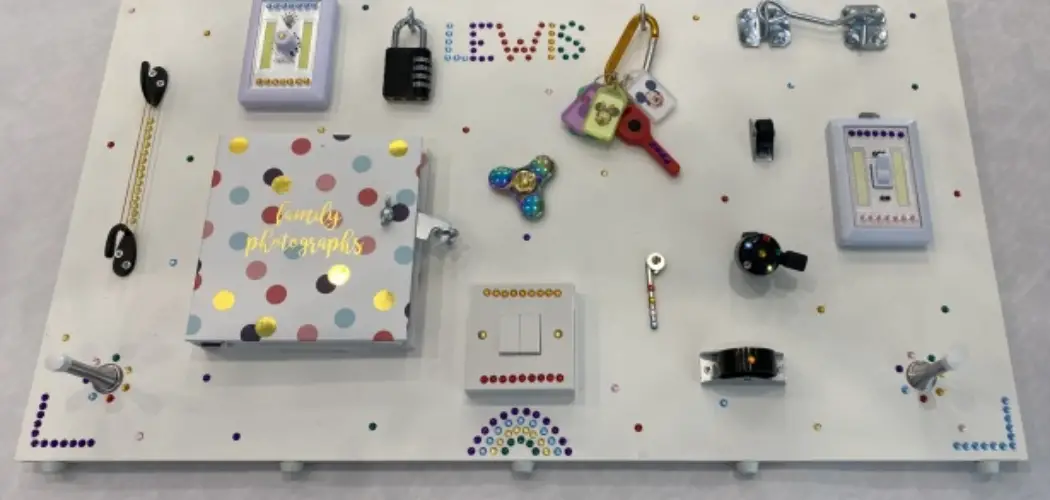A sensory board, also known as a busy board or activity board, is a creative and engaging tool designed to stimulate the senses and cognitive development in young children. These interactive boards are typically made from a variety of everyday objects, textures, and materials that provide tactile, visual, and auditory experiences.
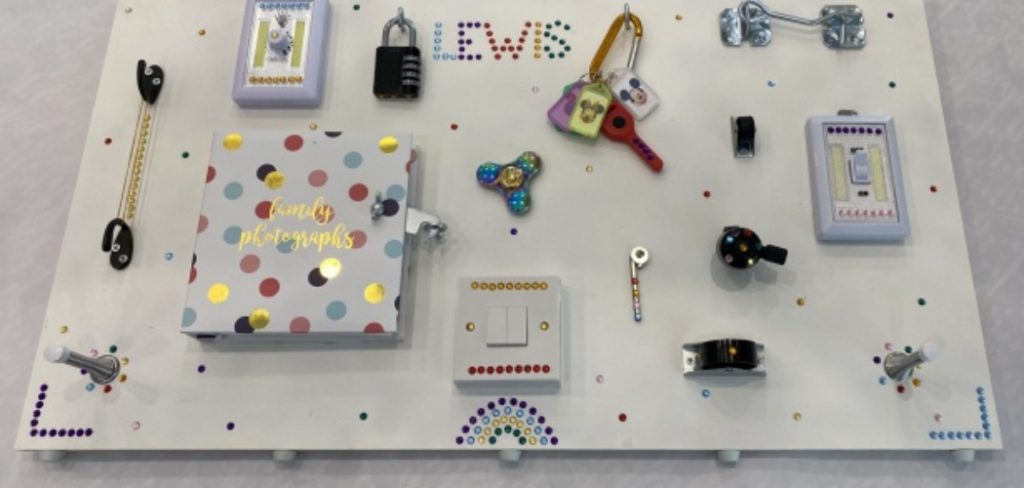
Crafting a sensory board is not only a fun DIY project but also an educational endeavor that fosters sensory exploration and fine motor skills. This article delves into the fascinating world of sensory boards, offering insights into the benefits they provide for children’s development and step-by-step instructions on how to create your own sensory board.
Whether you’re a parent, caregiver, or educator, learning how to make a sensory board opens the door to an innovative and enriching playtime experience for children that nurtures their senses and cognitive abilities.
Definition and Purpose of a Sensory Board
A sensory board is a tool for helping children and adults with disabilities, such as autism or cerebral palsy, to better understand and interact with the world around them. Sensory boards provide tactile stimulation that boosts learning and development by engaging multiple senses at once. They are also an excellent way to help build motor skills in young children.
Creating a sensory board is relatively straightforward and can be accomplished with only a few materials. You can customize the board to meet the specific needs of your child or adult with disability, such as choosing bright colors and interesting textures that will engage them more effectively. However, it is important to take into consideration the safety of the person using the sensory board.
Benefits of Sensory Play for Cognitive and Sensory Development
Sensory play is a great way to help stimulate your child’s cognitive and sensory development. It can help develop their communication skills, fine motor coordination, problem-solving skills, and more.
It also promotes the use of all five senses – touch, sight, smell, sound, and taste – which are essential for language development. Making a sensory board is a great way to create an easy, low-cost sensory play activity that you can do with your child.
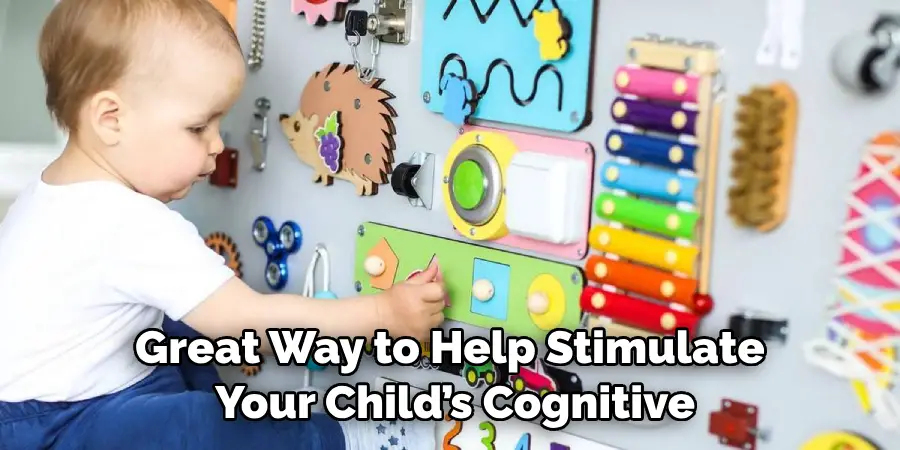
A sensory board is a simple tool that can be used to teach children about the world around them. It provides tactile and visual stimulation while encouraging exploration and discovery. Sensory boards are made of materials such as fabric, felt, foam or wood, and can be used to teach children about the different textures, shapes and colors of various materials. They also provide opportunities for problem-solving, creativity and imagination.
When making a sensory board, it’s important to choose age-appropriate materials that are safe for your child. For example, items such as buttons, beads or marbles may pose a choking hazard to small children, so avoid using these items for a child under three years old. You can also use everyday materials, such as cotton balls or tissue paper, and create various tactile sensations by attaching different objects to the board.
Making a sensory board is an easy and inexpensive way to provide your child with educational play that encourages cognitive and sensory development.
10 Steps How to Make a Sensory Board
1. Conceptualize and Plan: Nurturing Curiosity
Begin by defining the overarching theme and purpose of the sensory board. Tailor your concept to align with the interests and developmental stage of the intended audience. Whether it’s a vibrant exploration of colors, a tactile journey through textures, or a combination of themes, a well-thought-out concept forms the foundation for a captivating sensory experience.
2. Curate a Diverse Collection: Materials as Catalysts
Assemble an eclectic collection of materials that resonate with your chosen theme. Delve into fabrics of varying textures, buttons of assorted shapes and sizes, bells that jingle, mirrors that reflect, and more. This diverse array of materials will serve as catalysts for sensory exploration, igniting children’s curiosity and fostering cognitive connections.
3. Select a Sturdy Base: Canvas for Creativity
Choose a robust base for your sensory board, ensuring it can withstand the interactions of enthusiastic young learners. Opt for a piece of plywood, foam board, or a wooden panel as the canvas for your creative masterpiece. Consider dimensions that strike a balance between portability and ample space for diverse sensory elements.
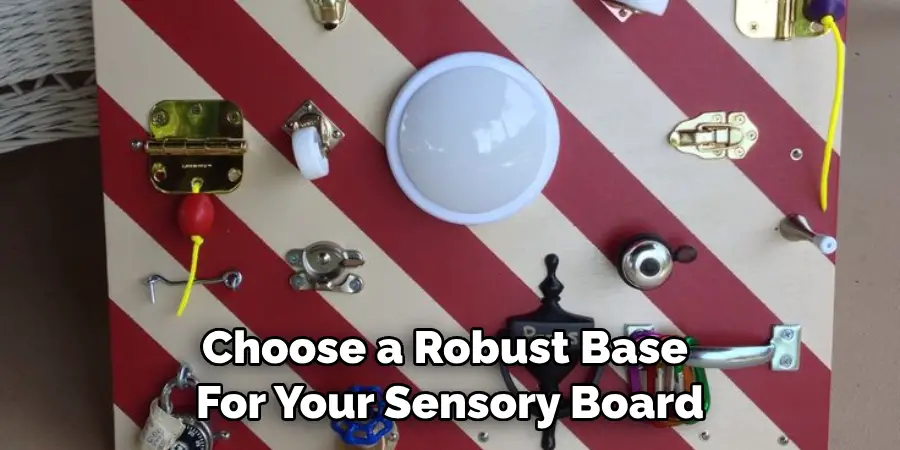
4. Thoughtful Layout Design: Visual Harmony
Devote time to planning the layout of your sensory board. Strategically position the collected materials to create a visually appealing and engaging arrangement. Balance the placement of colors, textures, and shapes to provide a harmonious and stimulating experience for young explorers.
5. Secure Attachments: Safety and Longevity
Attach the materials to the base securely using a combination of adhesive, screws, Velcro, and double-sided tape. Prioritize safety by ensuring that items are firmly affixed and free from sharp edges or parts that could pose a choking hazard. A robust attachment approach guarantees the longevity of the sensory board.
6. Interactive Features: Engaging the Senses
Enhance the sensory experience by incorporating interactive features that captivate children’s senses and imagination. Integrate elements like door latches, knobs, zippers, and rotating wheels that encourage manipulation, fine motor skill development, and sensory exploration.
7. Visual Appeal: Aesthetic Enhancement
Elevate the visual appeal of the sensory board by incorporating visually stimulating elements. Introduce an array of colors, patterns, and images to captivate young eyes. Mirrors, photographs, and fabric swatches not only enhance the aesthetic but also encourage visual engagement and cognitive connections.
8. Accessible Design: Inclusive Engagement
Ensure that the sensory board is accessible to children of varying ages and developmental stages. Position items at different heights to accommodate the motor skills and reach of different age groups. An inclusive design invites all children to explore and engage with the sensory board.
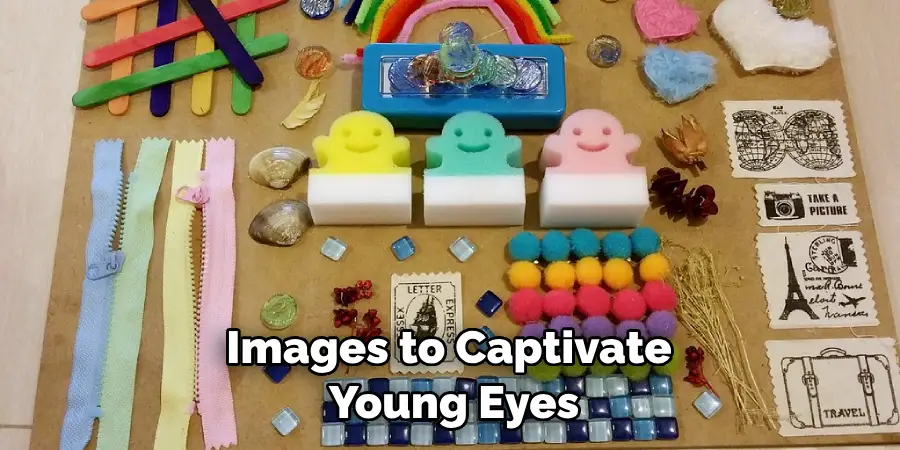
9. Test and Refine: User-Centric Optimization
Once the sensory board is assembled, introduce it to your target audience—children of the appropriate age group. Observe their reactions, interactions, and preferences. Use their feedback to refine the arrangement, adjust interactive elements, and optimize the sensory experience based on real-time engagement.
10. Personalization and Evolution: Growth Through Play
Infuse the sensory board with personalization by integrating elements that hold significance to the child, such as their name, favorite colors, or cherished objects. As the child grows and develops new interests, embrace the evolution of the sensory board by periodically updating materials and elements, ensuring continued engagement and cognitive growth.
Things to Consider When Making a Sensory Board
Making a sensory board can be a great way to help children explore their senses and the world around them. When creating your own sensory board, there are some key things you should consider:
- Location: Where will your sensory board be located? You’ll want to make sure it’s in a place that is safe for the child and within easy reach. Additionally, pick a spot that is quiet and not overly stimulating.
- Variety: Include different textures, colors, shapes, and sounds on the board to create an exciting sensory experience. When adding objects to the board you can try using fabrics with different textures (like cotton balls or sandpaper), items of different sizes (such as rocks or buttons), musical instruments like bells and tambourines, or even scented items.
- Organization: It’s important to organize the sensory board so that it is not overwhelming for the child. Consider using a theme or color scheme when arranging objects on your board to create a calm and inviting atmosphere.
- Safety: Make sure all of the items you use are safe for children. Avoid items that are sharp, easily breakable, or contain small parts that can be swallowed.
Creating a sensory board is an enjoyable experience for both parents and children. With the right materials and thoughtful planning, you can create a unique and stimulating sensory environment for your little one to explore.
Some Common Mistakes to Avoid When Making a Sensory Board
When making a sensory board, there are several common mistakes that you should be aware of and try to avoid.
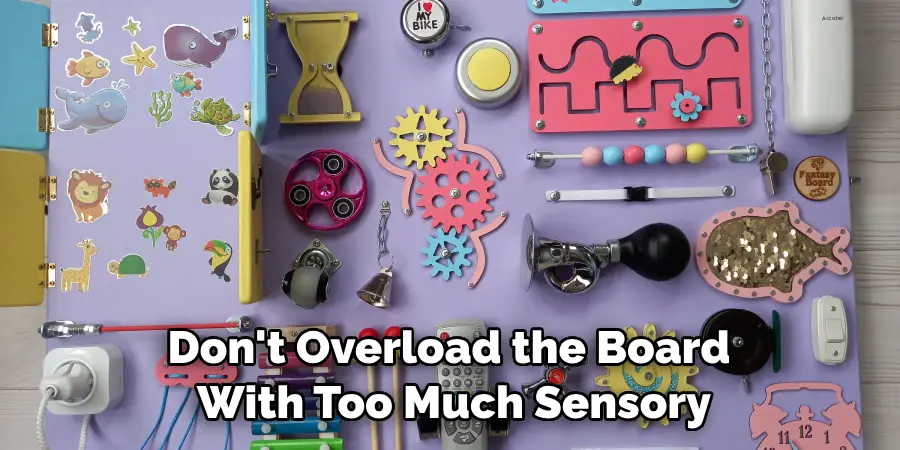
- Don’t forget to use items in various shapes, sizes, and textures. Sensory boards need to have different materials that can be explored with the hands and evoke strong sensations like squishy, soft, or bumpy.
- Don’t overload the board with too much sensory stimulation. Too many items can be overwhelming and can cause confusion.
- Don’t forget to use items that are suitable for different age groups. Sensory boards should have materials that stimulate all ages, from infants to adults.
Conclusion
In conclusion, learning how to make a sensory board can be an incredibly fulfilling experience. With a few tools and some creative thinking, anyone can create a unique and stimulating project that will engage children in fun activities for hours. If you’re an educator, a parent, or just someone who’s looking for an interesting DIY activity to take on, give sensory boards a try!
Who knows – with the skills and enjoyment you gain from this project, maybe even more crafty projects will follow in your future. Don’t be afraid to think outside of the box when coming up with your very own sensory board design. Be patient throughout the process of making one and remember that it’s important to make sure every piece is secure.

